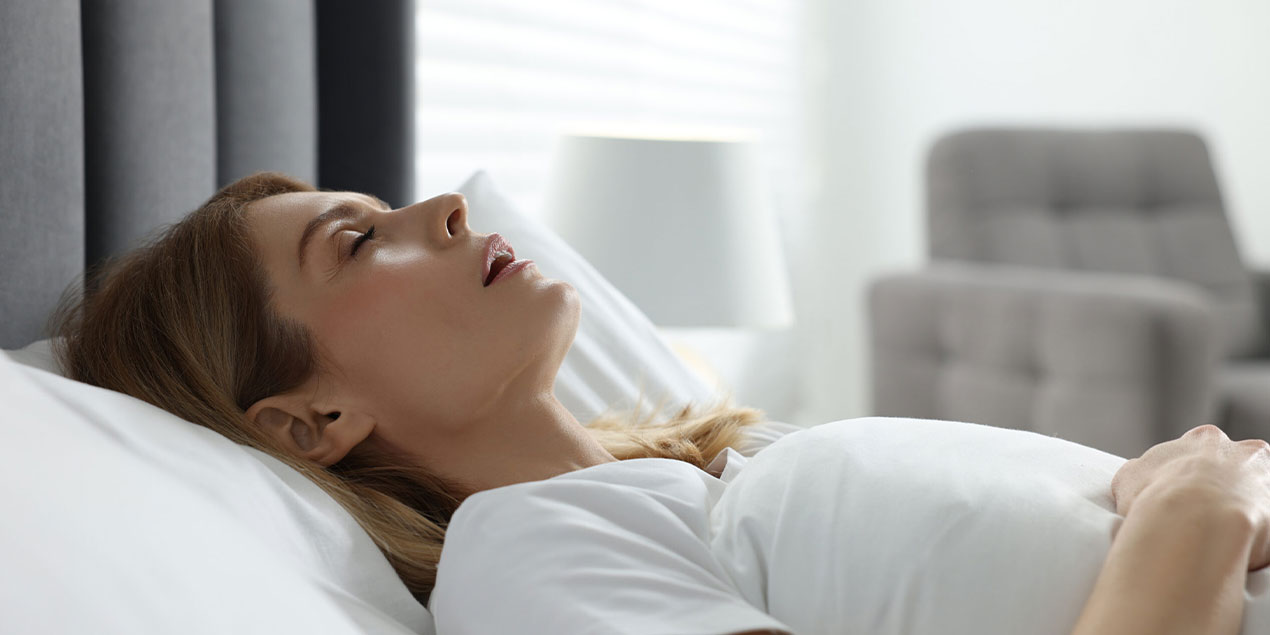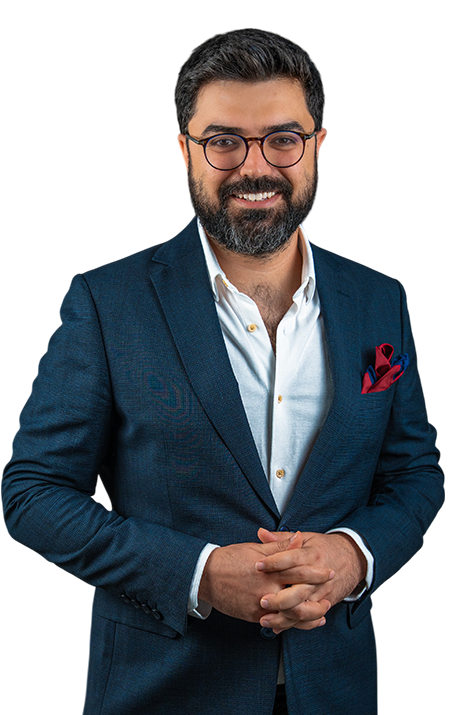Deep snoring sounds from your spouse or partner throughout the night and waking up tired in the morning can be harbingers of sleep apnea. Sleep apnea directly affects your quality of life from cardiovascular problems to daily concentration loss, from chronic fatigue to mood swings. Don’t know whether to choose surgery, oral appliance, or CPAP? At our clinic in Istanbul, our Snoring and Sleep Apnea Treatment program, where our Ear-Nose-Throat and Sleep Medicine specialists come together, offers the key to peaceful, uninterrupted sleep for both you and your loved ones.
What is Snoring and Sleep Apnea Treatment?
Snoring and Sleep Apnea Treatment is a holistic approach that eliminates snoring and respiratory arrests (apnea) caused by narrowing or obstruction of the upper airway during sleep.
Goals:
- Reduce snoring sounds, eliminate apnea attacks
- Re-establish healthy sleep cycles by maintaining oxygen levels throughout the night
- Minimize daytime fatigue, headaches, and cardiovascular risks
Methods:
- Conservative: Lifestyle modifications, positional therapy
- Oral appliances: Mandibular advancement devices
- Surgical: Nasal septoplasty, uvulopalatopharyngoplasty (UPPP), radiofrequency ablation
- Device-based: Continuous positive airway pressure with CPAP/BiPAP mask
Program Duration:
- 1-3 month evaluation and application period depending on case, followed by annual check-ups
Why Choose Snoring and Sleep Apnea Treatment?
- Improved Quality of Life: Wake up refreshed, stay energetic all day.
- Health Protection: Reduce risks of high blood pressure, rhythm disorders, and stroke.
- Relationship Comfort: Don’t disturb your partner’s sleep, be a peaceful bedmate.
- Personalized Protocol: Treatment strategy suitable for you from mild snoring to severe apnea.
- Follow-up and Support: Sleep laboratory, digital monitoring devices, and multidisciplinary team.
- Long-term Success: Treatment success rate is 80-95% when appropriate method is chosen.
Who Can Have This Treatment?
- Those with Snoring Complaints: Loud, disturbing snoring
- Patients Diagnosed with Sleep Apnea: AHI ≥ 5 attacks/day REM measurements
- Excessive Daytime Sleepiness: Eyes that can’t open even with coffee
- Accompanying Risk Factors: Obesity (BMI ≥ 30), high blood pressure, diabetes
- Those Considering Surgery or Device Use: Those for whom lifestyle changes are insufficient
Note: Special conditions such as pregnancy, serious lung or heart disease are taken into consideration in treatment planning.
Pre-Surgery and Device Preparation Process
1. Free Sleep Consultation
Risk assessment with Epworth Sleepiness Scale, Berlin Questionnaire.
2. Sleep Laboratory (Polysomnography)
Measurement of apnea-hypopnea index (AHI), oxygen saturation, and snoring level.
3. Medical Evaluation
ENT examination, nasal septum evaluation, cardio-oncology approval according to fatigue severity.
4. Information and Treatment Selection
Pros and cons explanation of conservative treatment, oral appliance, CPAP, or surgical options.
5. Lifestyle Modifications
Weight loss program, alcohol/smoking restriction, sleep position counseling.
How Are Treatment Methods Applied?
1. Oral Appliance (Splint)
- How It Works: Opens airway by moving lower jaw forward.
- Duration: 1 month adaptation, 8 hours daily use.
2. CPAP/BiPAP Device
- How It Works: Keeps upper airway open with positive pressure.
- Duration: Worn throughout the night, mask adaptation training provided.
3. Surgical Interventions
- Nasal Septoplasty / Turbinectomy: Eliminates nasal congestion.
- Uvulopalatopharyngoplasty (UPPP): Reduces soft palate and uvula.
- Radiofrequency Ablation: Minimally invasive tissue reduction that reduces snoring.
4. Follow-up and Customization
- Biofeedback in first month, AHI repeat at 3 months, annual polysomnography.
The Importance of Doctor Selection
Snoring and sleep apnea treatment requires multidisciplinary coordination:
- ENT / Head-Neck Surgery Specialist: Expert in surgical methods and nasal surgery
- Sleep Medicine Specialist / Neurologist: Certified in polysomnography interpretation and CPAP management
- Oral and Maxillofacial Surgery Specialist: Experienced in mandibular advancement appliance construction
- Physiotherapist & Dietitian Support: Supports treatment success with weight management and posture training
- Empathetic Communication: Team that values your sleep quality and transparently explains the process
Treatment Day: What to Expect?
1. Welcome & Goal Confirmation
Your plan shaped by “Which symptom keeps you awake the most?” is reviewed.
2. Polysomnography / Device Delivery
CPAP/BiPAP training or splint adaptation session (measurement, fitting).
3. Surgical Intervention
If UPPP and RF ablation are planned; 2-3 hour operation under general anesthesia.
4. Adaptation Training and Device Adjustment
Device pressure setting is optimized with first night in ward or home tele-monitoring.
Recovery Process and Follow-up
- 1 Week: Mild pain after surgery, controlled with simple painkillers.
- 1 Month: Appliance/CPAP adaptation check, AHI re-evaluation.
- 3 Months: Treatment effectiveness measurement with polysomnography, protocol adjustments.
- 6-12 Months: Annual follow-up, device maintenance, or splint renewal.
Frequently Asked Questions
1. Is the CPAP mask uncomfortable?
With adaptation training and correct mask selection, most patients say “I can’t sleep without my mask anymore.”
2. Does apnea completely resolve?
With correct method and adaptation, attacks decrease by over 90%; complete control is achieved in some cases.
3. How long should I wear the splint?
Throughout the night, minimum 6-8 hours recommended; can be removed during the day.
4. Is surgery risky?
Modified and RF methods are minimally invasive with low complication risk.
5. What should I do if the device or splint breaks?
6-month maintenance and renewal guarantee; free support provided in case of malfunction.

